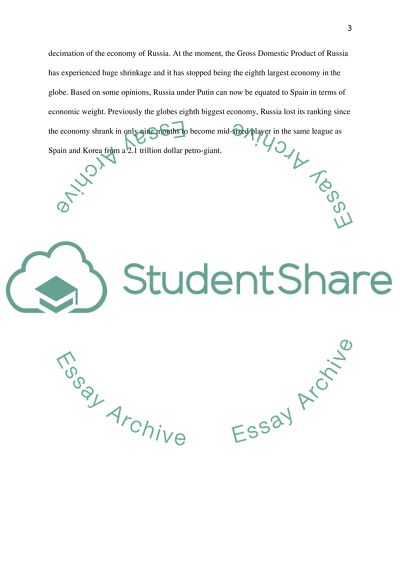Cite this document
(International Economics in Russia Research Paper - 1, n.d.)
International Economics in Russia Research Paper - 1. Retrieved from https://studentshare.org/macro-microeconomics/1683756-international-economics
International Economics in Russia Research Paper - 1. Retrieved from https://studentshare.org/macro-microeconomics/1683756-international-economics
(International Economics in Russia Research Paper - 1)
International Economics in Russia Research Paper - 1. https://studentshare.org/macro-microeconomics/1683756-international-economics.
International Economics in Russia Research Paper - 1. https://studentshare.org/macro-microeconomics/1683756-international-economics.
“International Economics in Russia Research Paper - 1”, n.d. https://studentshare.org/macro-microeconomics/1683756-international-economics.


